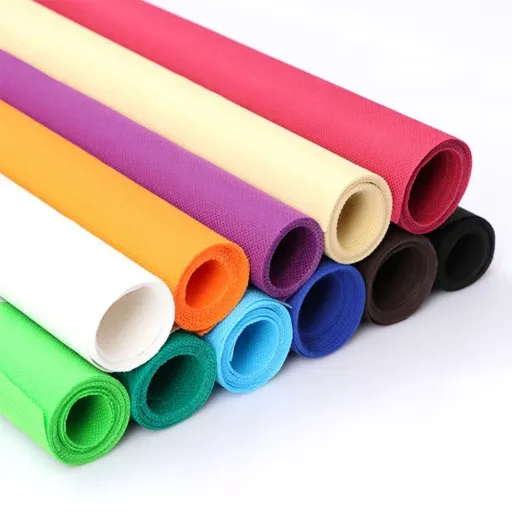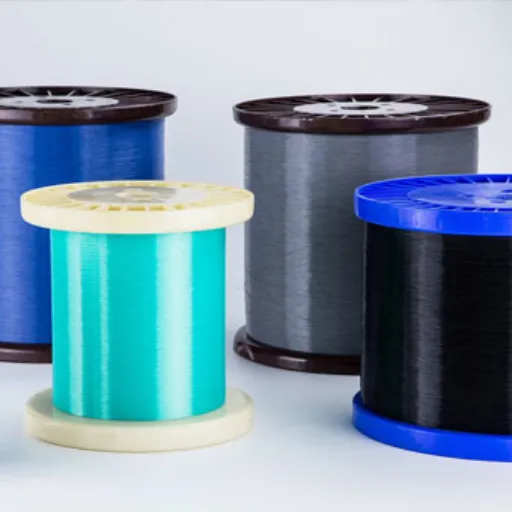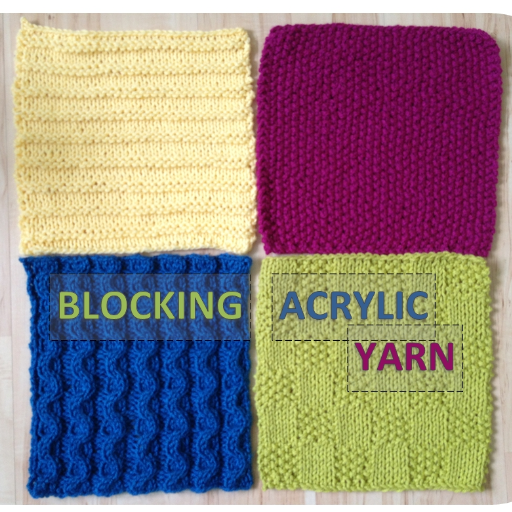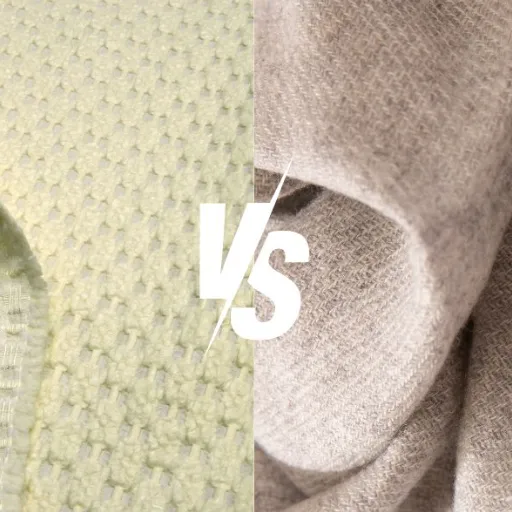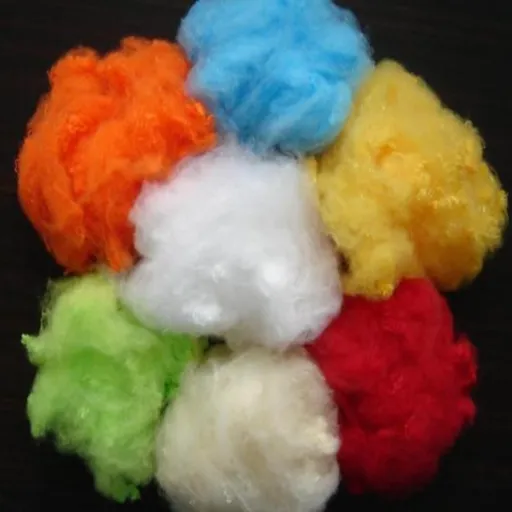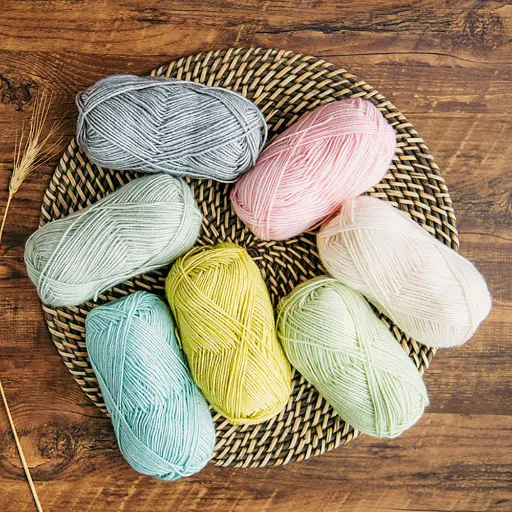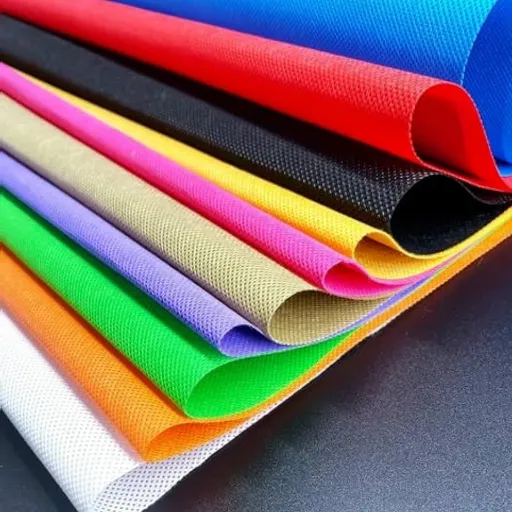Polyester is a versatile and durable fabric used in a wide range of applications, including clothing, upholstery, and home textiles. The fabric remains affordable and thus wrinkle-resistant. However, the apparent downside is that this fabric can feel stiff or less comfortable against the skin. If you have been struggling to soften and refine the feel of your polyester clothes or linens, you are in the perfect place. This guide explores practical methods to help you transform coarse polyester fabrics into fantastic items you’ll feel proud to use. Depending on whether you are in for short-term fixes or long-term results, this article will help equip you with ways to make your polyester items softer while retaining their durability. Read on to get the secret on how to make polyester irresistibly soft!
Understanding Polyester and Its Properties
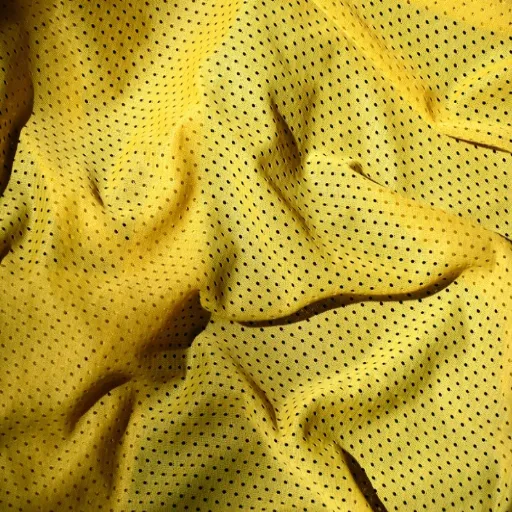
The everlasting synthetic fiber is valued for its strength, resistance to creasing, and ability to dry quickly. Polyester is derived from petroleum-based products through a chemical process that produces fibers that are both strong and elastic. Polyester cloth is widely used in garment-making, upholstery, and many other household necessities due to its affordability and durability. At times, this material can feel a little rough or rugged; hence, knowing how to soften polyester will improve its comfort and utility. Once you understand its properties, you will be able to take better care of your polyester products, which will enhance their appearance and feel over time.
The Nature of Polyester Fibers
Polyester fabrics are very versatile, but the more comfortable they are, the more they depend on the fiber processing and weaving. With modern-day fabric technology, polyester can be blended with materials like cotton or spandex to enhance softness and breathability. Textile manufacturers sometimes use treatments to create microfiber polyester or moisture-wicking polyester, thereby improving the comfort of fabrics used in activewear and everyday clothing. Although they may have been considered stiff and non-breathable in the past, new versions offer comfort without sacrificing durability. Knowing of these advances may make it easier for a consumer to decide on an article made from polyester.
Common Issues with Polyester Softness
Polyester is often criticized for being stiffer and less soft than cotton or silk. Naturally, this can arise because synthetic fibers tend to feel harder against the skin. Additionally, lower-quality polyester products may not be treated adequately to enhance their softness, resulting in a coarse texture. However, newer textile technologies, such as blending polyester with natural fibers or employing specialized finishing processes, have alleviated this issue. For instance, polyester has a much softer feel when brushed down via the finishing process. Armed with this knowledge, consumers should seek comfort-oriented options that do not compromise on polyester’s inherent strength and versatility.
Methods to Soften Polyester

- Use Fabric Softener: Fabric softener is commonly added during the wash cycle to reduce stiffness and soften polyester.
- Wash with Warm Water: Warm water washes soften the polyester by relaxing the fibers, while cold water does not.
- Use Dryer Sheets: Place some dryer sheets in the dryer while drying polyester clothes to reduce static and improve the fabric’s softness.
- Steam the Fabric: Gently steaming the polyester allows the fibers to become more flexible, softening the fabric’s feel without causing any damage.
- Blend Polyester with Softer Fabrics: Blending polyester with a softer fabric, such as cotton, will immediately give the garments a smoother feel.
Using Fabric Softener Effectively
For the full effect, the fabrication softener needs to be used at the right time and with the proper methods. Ensure that the softener is added to the rinse cycle only, allowing it sufficient time to coat the fabric without being washed away too early in the washing process, along with the detergent. Always measure the softener exactly as the instructions on the bottle say, because more than the prescribed amount can lead to a build-up that causes fabrics to feel greasy or tough over time. Use only fabric softener for HE washers, as it is specially formulated to function at lower water levels. For best results, avoid using fabric softeners on moisture-wicking or synthetic fibers, as coating them with softeners can detract from the functional attributes of these fibers. When used carefully, fabric softener preserves the textile’s feel and quality without affecting its functionality.
Natural Ingredients for Softening Polyester
The softening of polyester naturally has allowed many household ingredients to be both safe and effective. White vinegar is the most popular choice, primarily because it acts as a natural fabric softener, dissolving residues and restoring softness while preserving the integrity of synthetic fibers. Just about half a cup of white vinegar in the rinse cycle will do the trick. Another option is baking soda, which not only softens polyester but also removes odors. Pour a quarter cup of this into the drum of the washing machine immediately when the cycle begins. For a greener approach, mix a small amount of hair conditioner with water and gently treat the fabrics, which will help maintain the texture of polyester. All these natural methods are sustainable and beneficial for both your clothes and the environment.
Practical Laundry Tips
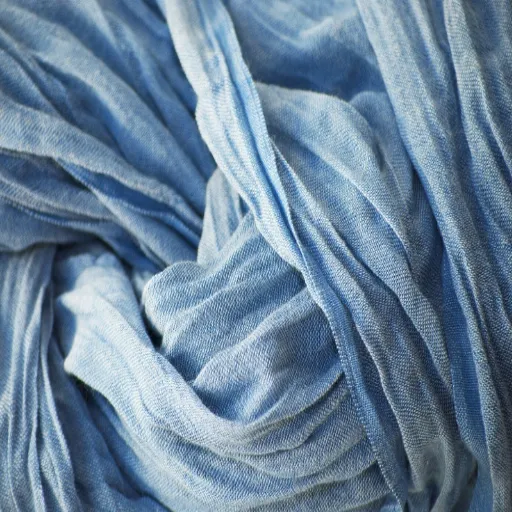
🧺 Sorting Clothes
Always separate laundry by color and type of fabric. Dark and light colors should be washed separately to avoid color bleeding. Additionally, similar fabrics should be grouped for optimal washing and care.
🧴 Using the Right Detergent
Select a detergent that is compatible with your fabric type. For delicate items, a mild detergent should be used to prevent damage to the clothes.
⚖️ Avoid Overloading
Overloading the washing machine can prevent proper cleaning and rinsing. Maintain an appropriate load to ensure the best wash.
👙 Washing Delicates
Use a mesh laundry bag when washing delicates like lingerie.
🌞 Drying Tips
Whenever possible, air-dry clothes to reduce wear and tear. If you choose to tumble dry, adjust the heat setting according to the fabric’s requirements.
Proper Washing Routine for Polyester Clothes
Here are a few helpful suggestions for polyester garment care:
Sorting and Preparation:
- Separate polyester clothes from heavier or abrasive fabrics that can cause pilling, granular abrasion, deposits on wool fibers, resin-rich abrasion, and surface cutting from polys to avoid their damage.
- Turn polyester clothes inside out when washing them to prevent the outer surface of the fabric or colors from being affected.
Choosing the Right Detergent:
- Use a mild detergent suitable for synthetics. Never use bleach as it weakens polyester fibers.
Washing Instructions:
- Washing polyester fabric items in cold or warm water with gentle agitation is preferable. Avoid using hot water, as it can cause the fabric to shrink and be damaged.
Drying Polyester Clothes:
- Keep drying to a minimum with heat to prolong the life of polyester.
- If the dryer is needed, select low heat and promptly remove the item after drying to prevent wrinkles.
Additional Tips:
- To remove stubborn stains, pre-treat the area with either a stain remover or a mixture of water and a mild detergent before washing.
- Never iron directly; always place a pressing cloth between the fabric and set the iron to a low or synthetic setting.
Drying Methods to Maintain Softness
The following are recommended drying techniques to maintain the softness and good condition of polyester. After washing, it is wise to:
| Drying Method | Description & Benefits |
|---|---|
| Air Drying | Lay the polyester garment flat on a clean surface, away from direct sunlight, or hang it in the shade on a clothesline. This is a gentle form of drying that does not subject the fabric to heat, preventing it from shrinking or becoming stiff. |
| Using a Dryer | If a dryer is used, however, set it to the lowest heat or air fluff cycle. High heat tends to deteriorate polyester fibers over time, resulting in a fabric that feels less soft and supple. Remove the clothes from the dryer while they are still slightly damp to avoid wrinkles and keep them smooth. |
| Avoiding Over-Drying | Over-drying polyester would render it harsh because the fibers would lose their elasticity. Ensure that you check the fabric regularly during drying to prevent it from being subjected to excessive heat for an extended period. |
| Use of Fabric Conditioners | A small amount of fabric softener during the rinse can enhance the softness of polyester garments. Dryer sheets for synthetics can also help maintain a smooth feel. |
Recommended Products for Softening Polyester
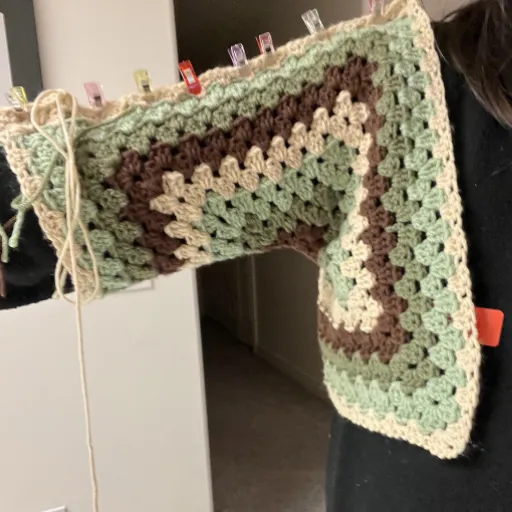
Downy Fabric Softener
Traditionally regarded as softening and freshening synthetic fabrics with long-lasting results.
Bounce Dryer Sheets
Works to reduce static and keep polyester garments smooth.
Wool Dryer Balls
An environmentally friendly method to soften fabrics and cut drying time noticeably.
Seventh Generation
Plant-based and gentle, this softener is perfect for those seeking a green solution.
Natural Alternatives: Vinegar and Baking Soda
To me, vinegar and baking soda are natural and straightforward options for treating polyester fabrics. Using half a cup of white vinegar during the rinse cycle helps break down detergent residue and soften fabrics. For baking soda, use a quarter cup in the washing cycle; this balances the pH and imparts a greater degree of softness to the fabrics, while also serving as a mild deodorizer. These options do wonders for the fabric; a cheaper option is often a greener choice.
Tools to Help Soften Polyester
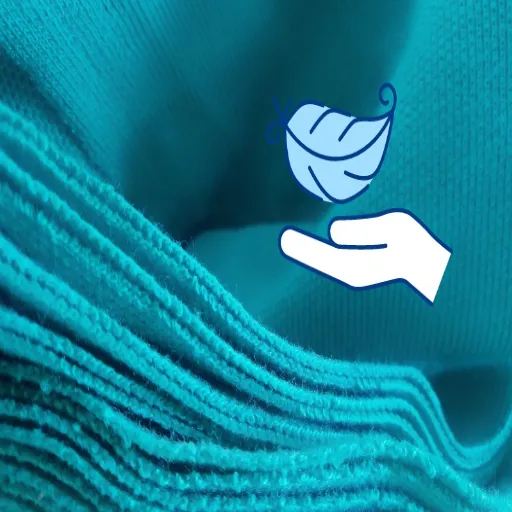
Using the above solutions in conjunction with other methods will surely bring the best results for softening polyester. Dryer balls, typically made of wool or silicone, are known to reduce stiffness in polyester fabrics. They act by physically softening the material during the drying process, allowing for a more even distribution of heat. Furthermore, fabric softener sheets will impart a pleasant fragrance and add extra softness to polyester garments. A steamer may also help loosen tightly woven fibers, restoring stitch texture and making it more comfortable to wear. All these tools and methods together keep polyester softness intact till it wears away.
Key Takeaways
- Tools such as fabric softener sheets or steamers can be used to soften polyester fabrics.
- The softness of the fabric increases with the use of wood sheeting for fabric softener, application of proper heat, and a pleasant scent.
- Steamers loosen tightly woven fibers for a better feel and comfort.
- By applying these methods, polyester can stay soft, wearable, and well-maintained over time.
Encouragement to Try New Techniques
Utilizing new fabric-softening techniques will yield excellent results, particularly with ongoing modern research and development. The latest Google search data suggests that many people have found combining their old methods with newer options, such as ultrasonic fabric softeners or conscious enzyme sprays, to be effective. These solutions gently soften the fibers while also being environmentally friendly. By trying out some of these techniques, you may find the perfect solution for your needs that combines comfort with sustainability. Don’t let fear stop you from trying new things; your proper method could be right around the corner!
Reference Sources
Here are five technically authoritative references that can be used to check the veracity of your article titled “How to Make Polyester Soft”:
- The Effects of Household Fabric Softeners on the Thermal Comfort and Flammability of Cotton and Polyester Fabrics
This study investigates the impact of fabric softeners on polyester fabrics, focusing on their ability to soften after repeated laundering. - Effects of Household Fabric Softeners on Thermal Comfort of Cotton and Polyester Fabrics After Repeated Launderings
This research examines the impact of various types of softeners, used in the rinse cycle and in dryer sheets, on the perceived properties of polyester fabrics, specifically air permeability and comfort. - Softening Finishes for Textiles and Clothing
The book provides a more precise explanation of polyester softening techniques that utilize clean energy methods, including microwaves and ultrasound. - Surface Modification of Polyester by Alkaline Treatments
This paper investigates the alkaline treatment for surface modification of polyester fabrics, aiming to soften and enhance texture. - Production of an Esterquat-Based Novel Softening Agent and Its Impact on Leather and Textile Quality
This study evaluates the esterquat type of softening agent on polyester fabrics, highlighting the improvements in fabric quality.
Frequently Asked Questions (FAQs)
To soften polyester fabric, try hand-washing it in lukewarm water with a mild laundry detergent. Adding a tablespoon of fabric softener during the rinse cycle can also help. If you prefer machine washing, use a gentle cycle and avoid using excessive detergent to prevent build-up that can make the fabric feel rough.
Yes, you can use fabric softener on polyester clothes. It helps to soften the fabric and reduce stiffness. However, be cautious not to overuse it, as excessive softener can leave a residue that may result in a scratchy feel.
To make polyester blankets soft, wash them in lukewarm water with a gentle laundry detergent and a fabric softener. Tumble dry on a low heat setting or lay flat to air dry. This will help maintain their softness and plush feel.
If your polyester feels stiff and scratchy, consider using a fabric softener during the wash cycle to help soften it. Additionally, ensure you are not using harsh chemicals or brighteners, as these can cause the fabric to stiffen. Regularly washing your polyester items can help prevent them from losing their softness over time.
Yes, there are eco-friendly ways to soften polyester. You can use natural fabric softening alternatives, such as vinegar, during the rinse cycle. This method neutralizes detergent build-up without harsh chemicals, making it an excellent option for an eco-conscious laundry routine.
To care for stiff polyester fabrics, always check the care label for specific instructions. Hand washing with a gentle detergent and air drying can help maintain softness. If machine washing, use a delicate cycle and tumble dry on a low heat setting to prevent the fabric from hardening.
Yes, neutralizing detergent build-up on polyester is possible. Rinsing your polyester items with a mixture of water and vinegar can help remove residue that may cause stiffness and scratchiness. Rinse well after using any washing product to ensure that all chemicals are eliminated.
The best ways to soften stiff polyester include using fabric softener during laundry, washing in lukewarm water, and avoiding harsh detergents. Additionally, regularly incorporating these techniques into your laundry routine can help maintain the softness of your polyester items.









